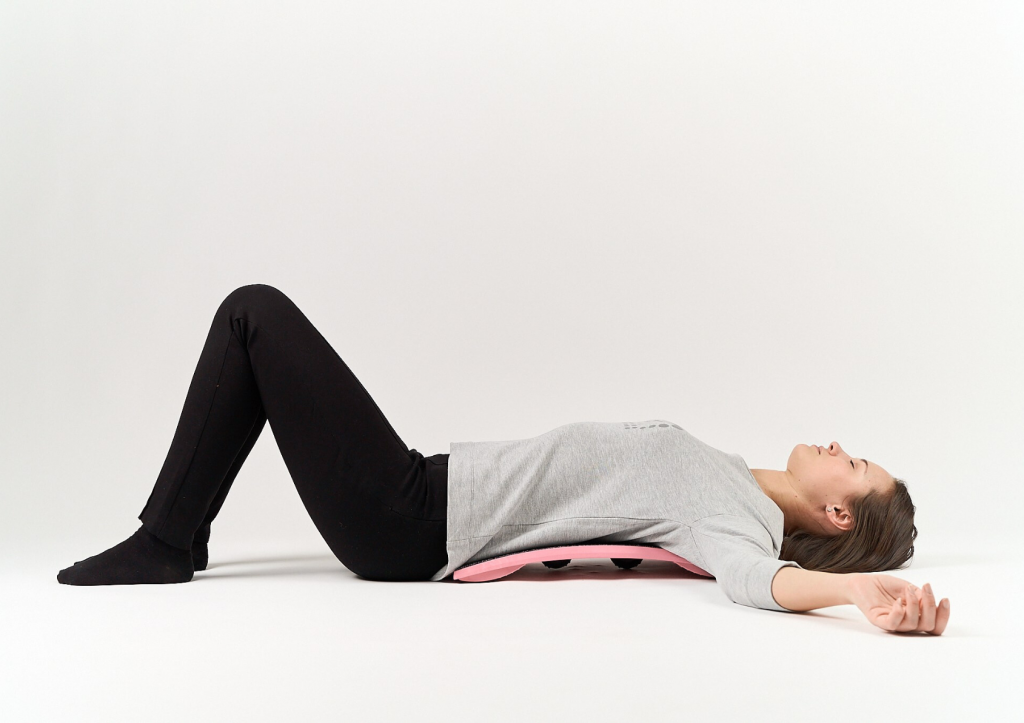Remote workers face unique challenges that make establishing healthy habits essential. Creating a structured routine with defined work hours, regular movement breaks, and proper ergonomics can significantly improve productivity and wellbeing. The most effective healthy habits include setting up a proper workspace, scheduling regular physical activity, maintaining balanced nutrition, establishing clear work-life boundaries, and prioritizing mental health. These practices help counteract the sedentary nature of remote work while supporting overall physical and mental wellbeing.
Why are healthy habits important for remote workers?
Healthy habits are fundamentally important for remote workers because the home environment lacks the natural structure and physical dynamics of traditional offices. Without commutes, scheduled breaks, or proper office setups, remote workers often experience increased sedentary behaviour, poor posture, and blurred boundaries between professional and personal life.
The physical challenges are particularly significant. Many remote workers use improvised workspaces that weren’t designed for eight-hour workdays, leading to increased musculoskeletal problems. The ergonomic shortfalls of dining tables, sofas, or beds as workstations can cause long-term physical strain.
Social isolation presents another challenge. Without casual office interactions, remote workers may experience decreased social connection, potentially affecting mental wellbeing and job satisfaction. This isolation, combined with the lack of physical separation between work and home, creates a situation where healthy habits become not just beneficial but necessary for sustaining productivity and wellbeing.
How can you create an ergonomic workspace at home?
Creating an ergonomic home workspace starts with proper positioning of essential equipment. Your chair, desk, and computer should work together to maintain neutral posture – where your body is aligned and relaxed, reducing strain on muscles and joints.
Begin with your chair height – your feet should rest flat on the floor with knees at approximately a 90-degree angle. If needed, use a footrest to achieve this position. Your chair should provide adequate lumbar support to maintain the natural curve of your lower back.
Position your monitor at eye level, about an arm’s length away. A laptop stand can elevate your screen to the proper height, preventing neck strain from looking down. When using a laptop, consider connecting an external keyboard and mouse to maintain proper positioning.
Your keyboard and mouse should be positioned so your elbows remain close to your body at roughly 90-degree angles. This helps prevent wrist strain and shoulder tension. Consider using a separate keyboard when using a laptop to achieve better positioning.
Ensure your workspace has adequate lighting to reduce eye strain, preferably positioning your screen perpendicular to windows to avoid glare. Small adjustments to these elements can significantly improve comfort and reduce the risk of developing musculoskeletal issues.
What are effective ways to stay physically active during the workday?
Incorporating regular movement breaks throughout your remote workday is essential for counteracting the negative effects of prolonged sitting. Set a timer to remind yourself to stand up and move every 30-60 minutes, even if just for a minute or two. These micro-breaks improve circulation, reduce muscle stiffness, and help maintain energy levels.
Try implementing the 20-20-20 rule: every 20 minutes, look at something 20 feet away for 20 seconds. This simple practice helps reduce eye strain and serves as a reminder to shift your position.
Make the most of meetings by converting some calls to walking meetings when you don’t need to be on screen. Simply put in your earphones and walk around your home or garden while participating in the conversation.
- Desk exercises: Seated leg raises, desk push-ups, or seated spinal twists
- Standing activities: Calf raises, gentle stretches, or marching in place
- Movement opportunities: Deliver messages in person to family members rather than texting, use a bathroom on a different floor, or stand during certain tasks
Consider using a balance board or an active board at your standing desk to engage your core muscles and improve posture while working. These subtle movements throughout the day add up and help maintain physical wellbeing without disrupting your workflow.
How do you maintain healthy eating habits when working from home?
Maintaining healthy eating habits when working from home requires deliberate planning to avoid constant kitchen visits and mindless snacking. Start by establishing regular meal times just as you would in an office setting – this creates structure and prevents grazing throughout the day.
Prepare your lunches and snacks in advance, portioning them out as you would for an office day. This removes the need to make food decisions when you’re hungry or busy, making healthier choices much easier.
Keep your workspace separate from your eating area when possible. This physical separation helps maintain the psychological boundary between work time and break time, making meals more intentional and satisfying.
Stock your kitchen with nutritious, convenient options that provide sustained energy:
- Cut vegetables and hummus for quick snacks
- Nuts and seeds for protein and healthy fats
- Fresh fruit for natural sweetness
- Yogurt or boiled eggs for protein-rich options
Stay hydrated by keeping a water bottle at your desk. Often, thirst can be misinterpreted as hunger, leading to unnecessary snacking. Setting hydration goals throughout the day can help maintain energy levels and reduce inappropriate eating cues.
What techniques help maintain work-life balance in a remote setting?
Creating physical boundaries between work and personal life is crucial when both happen in the same location. Designate a specific area exclusively for work – ideally a separate room, but even a dedicated corner can be effective. This space should be used only during working hours, helping your brain associate it with productivity.
Establish consistent working hours and communicate them to both colleagues and household members. Start and end your workday with transition rituals that signal to your brain when work begins and ends. This might include changing clothes, a short walk that mimics a commute, or simply putting away your work equipment.
Digital boundaries are equally important. Consider using separate browsers or user accounts for work and personal activities. Turn off work notifications after hours, and remove work apps from your personal devices if possible.
Schedule both work tasks and personal activities with equal importance. Block time for breaks, exercise, and family activities just as you would for meetings. This prevents work from expanding to fill all available time.
Be intentional about creating transition periods between work and personal time to allow your mind to adjust. This could be a short meditation, physical activity, or even simply changing your environment by moving to a different room.
How can remote workers take care of their mental health?
Remote workers should prioritize social connection to combat isolation, which is one of the biggest mental health challenges of remote work. Schedule regular video calls with colleagues that include some social time, not just work discussions. Participate in virtual team-building activities when offered, and consider joining online communities related to your field.
Create a routine that includes daily exposure to natural light and fresh air, even if just for a few minutes. The positive impact of daylight on mood and sleep cycles is well-documented, and even brief outdoor breaks can refresh your mental state.
Practice mindfulness techniques throughout your workday. This might include short meditation sessions, deep breathing exercises during transitions between tasks, or simply taking a moment to check in with your emotions regularly.
Set boundaries around consuming news and social media during work hours. The constant influx of information can increase anxiety and affect concentration. Consider designated times for updates rather than continuous monitoring.
Recognize the signs of burnout early – including fatigue, cynicism, and reduced performance. If you notice these symptoms, take proactive steps like adjusting workload, taking time off, or seeking support. Don’t hesitate to reach out to mental health professionals if you’re struggling, as many now offer telehealth options.
What healthy habits can you start implementing today?
Start with small, sustainable changes that you can realistically maintain. Begin by establishing a morning routine that prepares you mentally and physically for the workday – perhaps including stretching, hydration, and setting intentions for the day ahead.
Set up your workspace with basic ergonomic principles in mind, even without specialized equipment. Proper monitor height, supportive seating, and good lighting can make an immediate difference in your physical comfort.
Introduce the 5-minute movement break every hour. Set a timer and use these moments to stretch, walk, or simply change positions. These brief intervals won’t disrupt your workflow but will significantly reduce the physical toll of sedentary work.
Plan your meals and snacks for the week, preparing what you can in advance. This simple habit removes decision fatigue and makes healthy eating much more accessible during busy workdays.
Establish clear start and end times for your workday, with a specific shutdown ritual that helps you transition to personal time. This might include making a to-do list for tomorrow, tidying your workspace, or changing your clothes.
We at Gymba understand the challenges of remote work and offer solutions designed to support these healthy habits. Our ergonomic products, like laptop stands and balance boards, help create an active workspace that promotes movement throughout your day while maintaining proper posture and alignment. By incorporating these simple habits and the right supportive tools, you can transform your remote work experience into one that sustains both productivity and wellbeing.

